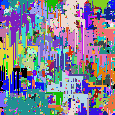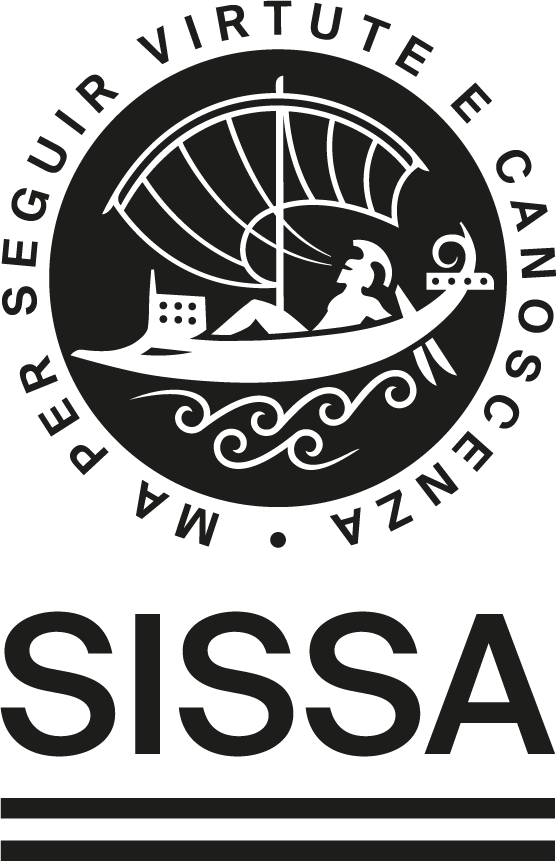$ID = get_the_ID();
add_post_meta($ID, 'Author', 'F.Zamponi', True);
add_post_meta($ID, 'Credits', '2', True);
$AUTHOR = get_post_meta(get_the_ID(),'Author',True);
$CREDITS = get_post_meta(get_the_ID(),'Credits',True);
echo "
by $AUTHOR ($CREDITS credits)
“;
?>

Main topics:
Spin glasses: definitions and applications
- Spin glasses on a generic graph
- Materials: real spin glasses, propagation of light in disordered cavities
- Optimization problems and diluted graphs
- Basic concepts: Disorder, self-averaging, annealed-quenched averages, pure states, overlap, aging
Mean field theory of spin glasses. The SK model.
- The fully connected spherical p-spin model: statics and equilibrium dynamics
- Sketch of the Parisi solution of the SK model
- Out of equilibrium dynamics and aging
Spin glasses on diluted graphs and optimization problems; clustering of solutions, freezing of variables, condensation and SAT/UNSAT transition
- Clustering in the k-XORSAT problem: leaf removal algorithm
- Phase transitions in k-SAT and k-COL: the cavity method
- Relation with algorithmic (dynamical) phase transitions
Finite dimensional spin glasses
- The EA model and the debate on the nature of the low-temperature phase
- Structural glasses: Random First Order Theory, Nucleation and Kac models
Numerical methods
Lecture Notes
Francesco Zamponi homepage. A PDF version is available at the link “Teaching”

